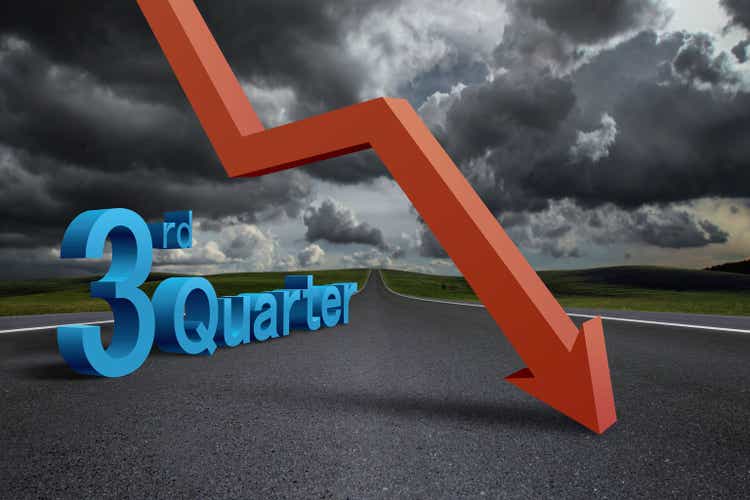
honglouwawa/iStock via Getty Images
While Eli Lilly missed on both the top and bottom lines in its Q3 financial results, a look at its sales figures — and especially sales growth — would make many other pharmaceutical companies jealous.
Driven by strong revenue growth in its GLP-1 tirzepatide franchise — Mounjaro for type 2 diabetes and Zepbound for weight loss — overall revenue year over year grew 20%. But for Mounjaro, that figure was a ~121% increase to ~$3.1B. Zepbound, which came on the market less than a year ago, brought in ~$1.3B in the quarter.
While growth for other drugs in its portfolio was more modest, and in some cases — especially with Trulicity — declined, Lilly had a very good quarter by most measures.
However, what likely spooked investors, leading to an ~9% decline in its share price so far today, was lowering its 2024 outlook. Although the revenue guidance range was changed modestly to $45.4B to $46B from $45.4B to $46.6B, non-GAAP EPS is now seen at $13.02 to $13.52, down from $16.10 to $16.60. Revenue consensus is $46.22B while EPS consensus is $13.45.
Lilly has been having a great run. It is up ~38% year to date and up ~60% over the last year. However, with a P/E ratio of just over 67, the stock certainly isn’t cheap.
Seeking Alpha analyst Daniel Schonberger agrees. In a just written piece, he argues that Lilly has gotten expensive, especially when compared to rival Novo Nordisk (NVO), which has a PE of around 34. Schonberger rates Lilly a hold.
And even though he sees Mounjaro and Zepbound as likely to perform better than Novo’s GLP-1s Ozempic and Wegovy (both semaglutide), “I still see Eli Lilly’s stock price not justified, and it seems likely that we will see a bigger correction in the stock price for Eli Lilly as well (Novo Nordisk is already correcting for several months).”
